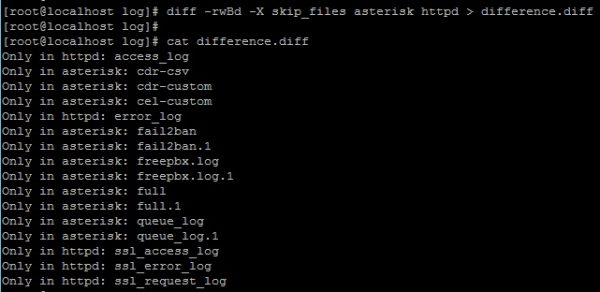

YUM INSTALL MELD UPDATE
Once you have added a new repo, make sure you run the update so either apt or rpm is made aware of the new source. For apt-get, they are placed in /etc/apt/sources.list. For yum, the sources are in /etc/yum.conf. So if you run the command to install an application, and yum (or apt-get) can’t find the package, most likely you’ll have to add a repo to your sources listing. But the default repositories (often called “repos”) do not include every Linux package known to Linuxkind. #4: Not adding repositories for yum or apt-getīoth yum and apt-get use a listing of repositories that tell them where to locate available packages. To update with yum, issue yum check-update. To update with apt-get, you issue the command apt-get update. Otherwise, your system will not remain updated with the latest releases of installed packages. When using apt-get or yum, make sure you’re updating the list of available packages. #3: Forgetting to update the list of available packages For yum (the command-line package management system for rpm), you can use Yumex for yum (installed with yum install yumex) you can use Synaptic or Adept for apt (installed with apt-get install synaptic or apt-get install adept). Most people don’t even realize that there are graphical front ends that take a lot of the guesswork out of installing packages in Linux. #2: Neglecting the many graphical front-end package management applications deb file from the source and install the package with the package management system so that system will be aware of everything you have installed.

So when you find that obscure package that comes only in source and you compile it yourself, your package management system will not know what to do with it. However, those systems (rpm, apt, and dkpg) can keep track only of packages they install. Many new Linux users don’t understand that both rpm and apt (or dkpg) keep track of everything installed on the system. #1: Installing from source when your system is primarily an.

YUM INSTALL MELD PDF
Note: This information is also available as a PDF download. If you follow this little guide, your Linux life will be made simpler and safer. Installing software in Linux is nothing like it used to be, but there are still some pitfalls to watch out for.
YUM INSTALL MELD HOW TO
Jack Wallen explains how to sidestep some of the typical installation problems he's encountered. 10 common mistakes to avoid when you’re installing Linux software


 0 kommentar(er)
0 kommentar(er)
